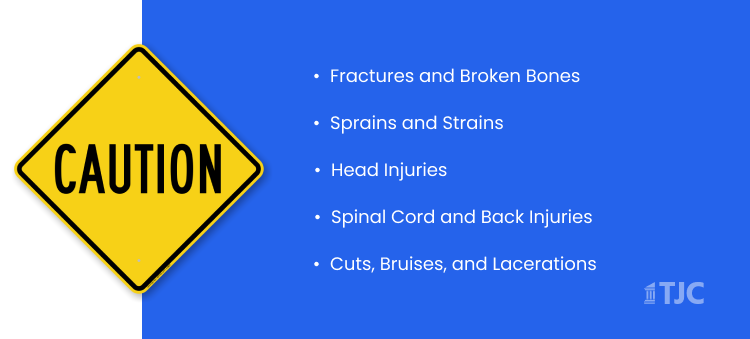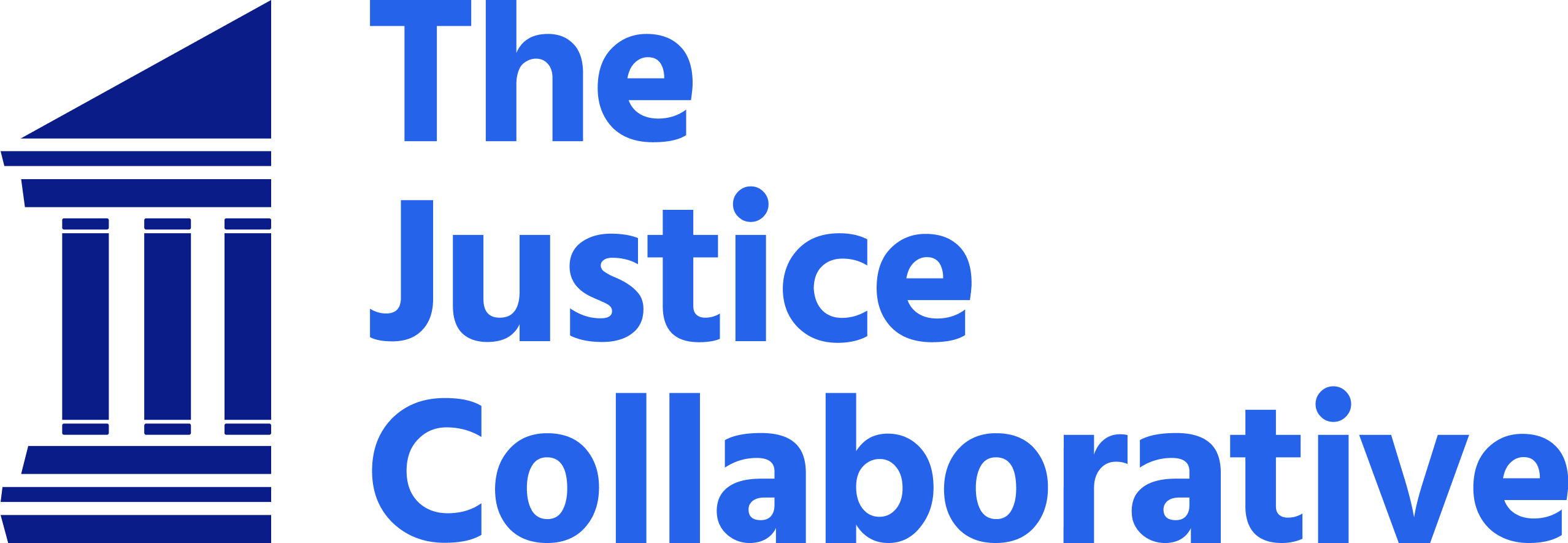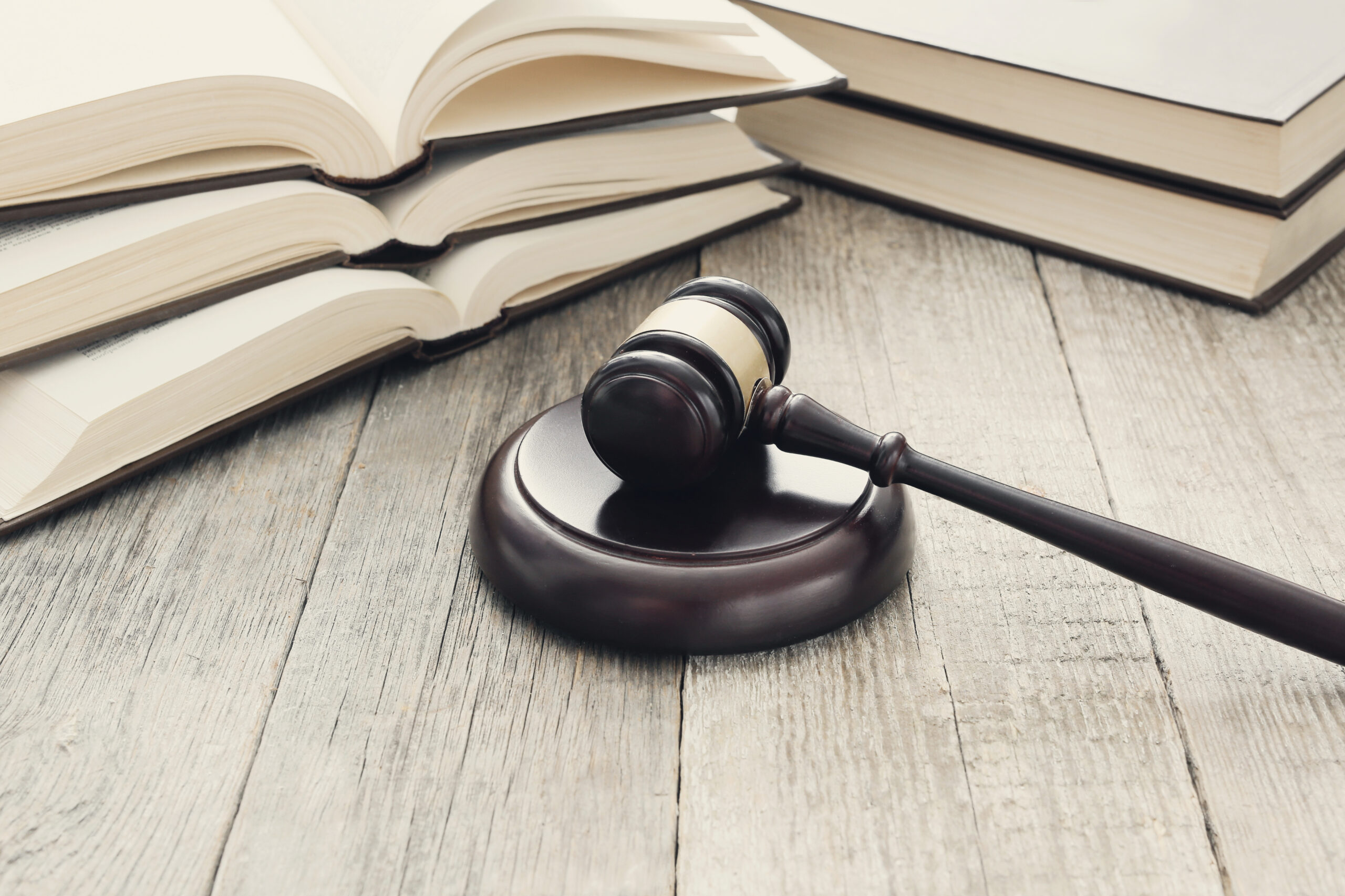Slip and fall accidents can be sudden and unexpected, often resulting in injuries that lead to physical pain, emotional distress, and significant financial burdens. Slip and fall accidents can occur in places like grocery stores or office buildings, often leading to injuries.
We’ll provide an in-depth, easy-to-understand guide on slip and fall settlements, including what they entail, how to file a claim, and how to maximize your chances of a fair settlement.
What is a Slip and Fall Lawsuit?

A slip and fall case involves a legal claim made by a person who suffered injuries because of dangerous conditions on someone else’s property. This type of lawsuit falls under premises liability law, which holds a property owner responsible for ensuring a safe environment for visitors.
Victims have the legal right to seek compensation for medical expenses, lost income, and pain and suffering if the property owner’s negligence caused the accident. Often times, the cases settle before reaching trial.
Common Causes of Slip and Fall Accidents
Understanding the common causes of a slip and fall case can help you determine if there was negligence on the part of the property owner. Here are some of the most frequent causes:
- Wet and Slippery Surfaces: The leading cause of falling, a wet floor, can result from spills, leaks, or cleaning. If no warning signs are posted, property owners may be held liable.
- Uneven Flooring or Pavements: Cracked sidewalks, uneven tiles, or improperly maintained flooring can easily lead to trips and falls.
- Poor Lighting: Insufficient lighting makes it difficult to see hazards, increasing the risk of accidents. This is especially common in parking lots, staircases, and poorly lit hallways.
- Weather Conditions: Rain, snow, and ice can create hazardous conditions. Property owners are expected to take reasonable measures, such as salting walkways or placing mats at entrances, to minimize these risks.
- Obstructions and Debris: Boxes, wires, or other objects left on walkways can be dangerous and lead to serious injuries if not properly managed.
Each of these causes can serve as a basis for a slip and fall claim if you can prove that the property’s owner was aware of the condition or should have reasonably known about it and failed to address it.
Legal Basis for Slip and Fall Claims
A slip and fall case is based on premises liability law, which requires a property owner to maintain a safe environment for those legally on their premises. If they fail to do so, they can be held liable for accidents.
Overview of Premises Liability:
Under premises liability, every property owner has a duty of care to ensure their property is safe. This means regular inspections, prompt repairs, and clear warnings about potential hazards.
For example, California Civil Code § 1714 outlines that owners are responsible for any injury caused by a lack of care. You can read more about it here.
Property Owner Responsibilities:
- Regular Inspections: Owners must routinely check for hazards like wet floors or uneven surfaces.
- Timely Repairs: Issues such as broken steps or slippery areas should be fixed quickly.
- Clear Warnings: Visible signs must be placed to alert visitors of dangers, like “wet floor” warnings after mopping. New York General Obligations Law § 5-326 also specifies that businesses must ensure safety to avoid accidents.
Proving Liability:
Victims need to show that the owner knew or should have known about the dangerous condition and failed to address it. This legal duty applies primarily to invitees (e.g., customers) and licensees (e.g., social guests), who are owed safety on the property.
This framework ensures property owners are held accountable for maintaining safe premises, reducing risks of injury from slip and fall accidents.
Types of Injuries in Slip and Fall Cases
A slip and fall case can lead to various injuries, some of which can impact your health. Here are some common injuries associated with these incidents:
- Fractures and Broken Bones: The impact of a fall can lead to fractures, particularly in the wrists, arms and hips. Elderly victims are especially susceptible to hip fractures, which can have serious consequences.
- Sprains and Strains: Injuries to ligaments and muscles, such as ankle sprains or strained backs, are common in falls.
- Head Injuries: Falls can result in concussions, traumatic brain injuries (TBIs), or even skull fractures. These injuries might not be immediately apparent, making it essential to seek medical attention immediately.
- Spinal Cord and Back Injuries: Slipped discs, nerve damage and spinal fractures can result from falls, leading to chronic pain or mobility issues.
- Cuts, Bruises, and Lacerations: While less severe, these injuries can still be painful and may require stitches or other treatment.
If you’ve been involved in a slip and fall case, medical records documenting your injuries are essential. They not only provide a clear account of the harm suffered but also serve as evidence when you want to recover compensation.
Proving Negligence in a Slip and Fall Lawsuit
To succeed in a slip and fall lawsuit, the burden of proof lies with the injured party. You need to demonstrate that the property owner’s negligence caused your accident. This involves proving four key elements:
- Duty of Care: Demonstrate that the property owner was legally required to keep the premises safe.
- Breach of Duty: Show that the owner failed to fulfill this duty by allowing hazardous conditions to persist.
- Causation: Prove that the breach of duty directly led to your accident and injuries.
- Damages: Demonstrate the extent of your injuries, along with the associated costs like medical bills, lost wages, and pain and suffering.
Gathering evidence is crucial to building a strong case. This may include photos of the accident scene, witness statements, maintenance records, and video footage if available. A skilled fall lawyer can help compile and present this evidence effectively.
What to Do After a Slip and Fall Accident
The actions you take immediately after a slip and fall can greatly impact your ability to file a successful claim. Here’s what you should do:
- Seek Medical Attention: Your health should be the top priority. Even if you think your injuries are minor, visit a doctor to ensure there are no hidden issues.
- Document the Scene: Use your phone to take photos and videos of the accident site, focusing on any visible hazards.
- Report the Incident: Notify the property owner, store manager, or building supervisor about the incident and request an official report.
- Collect Contact Information: Get the names and contact details of any witnesses who can corroborate your version of events.
- Preserve Evidence: Keep the clothes and shoes you were wearing at the time of the fall, as they may serve as evidence.
- Consult a Lawyer: A personal injury lawyer can guide you on the best steps to take, ensuring you don’t make any mistakes that could hurt your slip and fall case.
How to File a Slip and Fall Lawsuit
Filing a slip and fall lawsuit involves multiple steps, and understanding the legal process can help you navigate it more smoothly:
1. Consultation With a Lawyer
A lawyer will assess your case, advise on its viability, and help you understand what to expect. They will explain the legal requirements for proving negligence and the potential compensation you can seek. Consulting an experienced attorney ensures you don’t overlook critical details that could impact your case.
2. Filing a Complaint
This formal document outlines your claim and the damages you seek. It must be filed within the statute of limitations, which varies by state. Once the complaint is filed, the defendant is formally notified, and they must respond within a specific timeframe, usually 20-30 days.
3. Pre-Trial Negotiations
Before going to court, your lawyer will likely negotiate with the other partying’s insurance company to reach a fair settlement. These negotiations can often lead to a quicker resolution, sparing both sides the expense and time of a trial. However, the case will move forward if an agreement isn’t reached.
4. Discovery Phase
Both sides will exchange evidence, including medical records, photos, and witness statements, to build their cases. This phase also involves depositions, where parties and witnesses provide sworn statements. The evidence gathered during discovery can determine whether the case settles or proceeds to trial.
5. Trial Proceedings
If a settlement cannot be reached, the case proceeds to trial, where a judge or jury will determine the outcome. Each side presents their evidence and arguments, and the verdict will decide if you are entitled to compensation and how much. Trials can be lengthy, but they offer a chance to argue your case before a court fully.
How Long Do You Have to File a Slip and Fall Lawsuit?
Most states have a statute of limitations ranging from 1 to 4 years for personal injury cases, including slip and fall claims. For example, California and Texas allow up to 2 years from the accident date to file a lawsuit, while Florida also follows a 2-year period. In contrast, Tennessee and Kentucky have shorter statutes, limiting claims to just 1 year.
Exceptions to the rule:
Certain factors can affect the statute of limitations, potentially shortening or extending the deadline. For instance, if the slip and fall accident involved a government property, you might have as little as 6 months to file a claim in states like California or New York.
Conversely, if the injured party was a minor, the statute might be extended until they turn 18, giving them time to pursue the claim once they reach legal age.
Factors That Can Impact Your Slip and Fall Case
Several factors can influence the outcome of your lawsuit. These include:
- Quality of Evidence: Strong, clear evidence can significantly improve your chances of a successful claim. This includes photos, medical records, and maintenance logs.
- Witness Testimony: Statements from people who saw the accident can support your case and provide additional credibility.
- Comparative Negligence: If you are found partially responsible for the accident, your compensation may be reduced. For example, if you were texting while walking, this could weaken your case.
- Credibility of Your Claims: Consistency in your statements and evidence is critical. Inconsistent or exaggerated claims can harm your case.
How Much Can You Get From a Slip and Fall Lawsuit
Here are the main types of damages victims may be entitled to:
Medical Expenses
Compensation covers treatment costs, including hospital bills, surgeries, and rehab. Hip surgery, for example, can cost $40,000-$50,000, with therapy sessions adding $200-$400 each. Victims can also claim future medical expenses if ongoing care is needed.
Lost Wages
If injuries prevent work, you can claim lost income. For instance, $4,000/month earnings over three months equals $12,000 in compensation. Reduced earning capacity can also be claimed, considering long-term financial impacts.
Pain and Suffering
Calculated using a multiplier (typically 1.5 to 5) on medical costs. If your bills total $20,000, and a 3x multiplier is used, you could receive $60,000. This accounts for physical pain and emotional distress.
Comparative Negligence
Comparative negligence is a legal concept that can affect the amount of compensation a victim receives. Under this rule, if the injured party is found partially at fault for the accident, their compensation will be reduced by their percentage of fault.
For example, if you were 20% responsible for your fall (e.g., texting while walking) and your damages totaled $100,000, your compensation would be reduced to $80,000.
- Pure Comparative:
States like California allow recovery even if 99% at fault, but the payout reduces by your fault percentage. For 20% fault on a $100,000 claim, you’d get $80,000. - Modified Comparative:
States like Texas use a 50% rule—if you’re over 50% at fault, you get nothing. Less than 50%, your compensation reduces accordingly. - Contributory Negligence:
Strict states like Alabama bar recovery if you’re even 1% at fault, making legal advice crucial.

Discover Your Potential Compensation
Get an instant estimate for personal injury claims
Insurance in Slip and Fall Claims
Insurance plays a critical role in slip and fall cases, as property owners often carry liability insurance that covers accidents on their premises. Commercial policies can range from $100,000 to $1 million, while homeowner’s insurance typically covers $100,000 to $300,000.
If the accident occurs at work, workers’ compensation may cover medical costs and a portion of lost wages. However, insurance companies often try to minimize payouts, so having a lawyer can help negotiate a fair settlement.
Frequently Asked Questions
With a slip and fall claim, it is essential to gather evidence promptly to strengthen your claim and ensure a fair outcome.
Why Are Slip and Fall Cases Hard to Win?
A slip and fall case can be difficult because proving negligence requires clear and convincing evidence. Simply showing that you fell is not enough; you must demonstrate that the property owner knew or should have known about the hazardous condition.
How Do I Prove a Property Owner’s Negligence?
Proving negligence involves showing that the owner was aware of the dangerous condition or should have reasonably known about it. Evidence such as maintenance records, security footage, and eyewitness testimony can be crucial.
Who is Liable in a Slip And Fall?
Liability generally falls on the property owner or occupier, but it can sometimes extend to tenants, maintenance companies, or even municipalities, depending on where and how the accident occurred.
Conclusion
Slip and fall accidents are more than just minor mishaps. They can lead to serious injuries and life-altering consequences. Knowing what steps to take after an accident, understanding the legal requirements for filing a lawsuit, and working with an experienced law firm can significantly increase your chances of receiving a fair settlement.
Protect your rights, gather evidence, and don’t hesitate to seek legal guidance to recover compensation. With the right approach, injured victims can navigate this process and secure the financial support they need.
Disclaimer: The information provided in this article is for informational purposes only and does not constitute legal advice. Readers should not act or refrain from acting based on this information without seeking appropriate legal counsel from a licensed attorney. The content is not intended to create, and receipt or viewing of it does not establish an attorney-client relationship.


